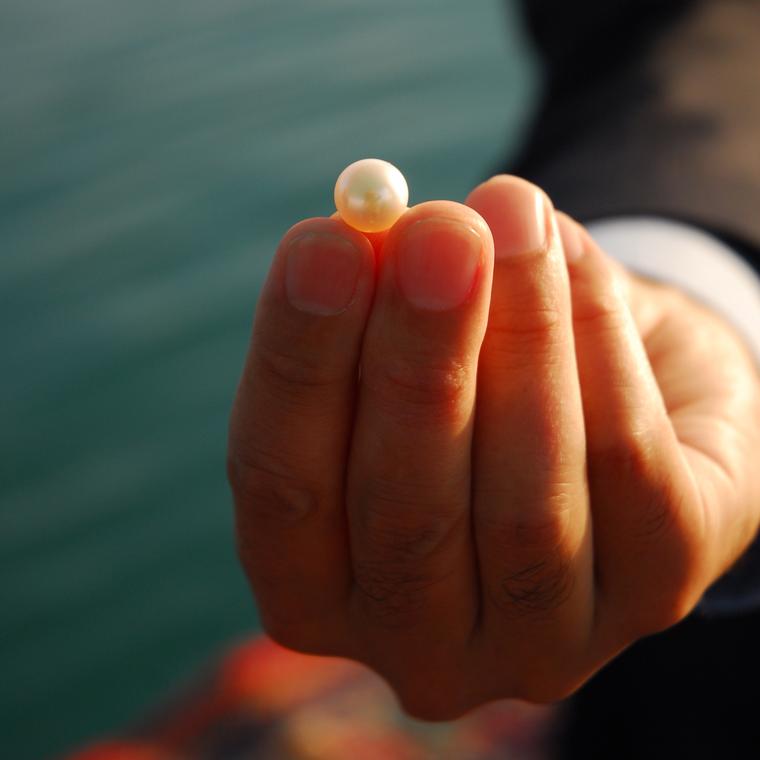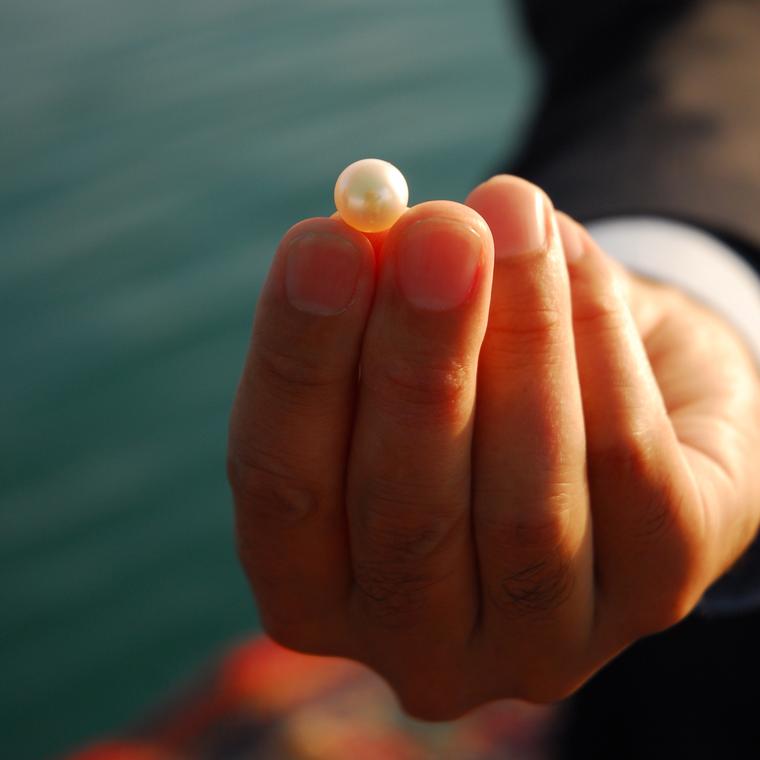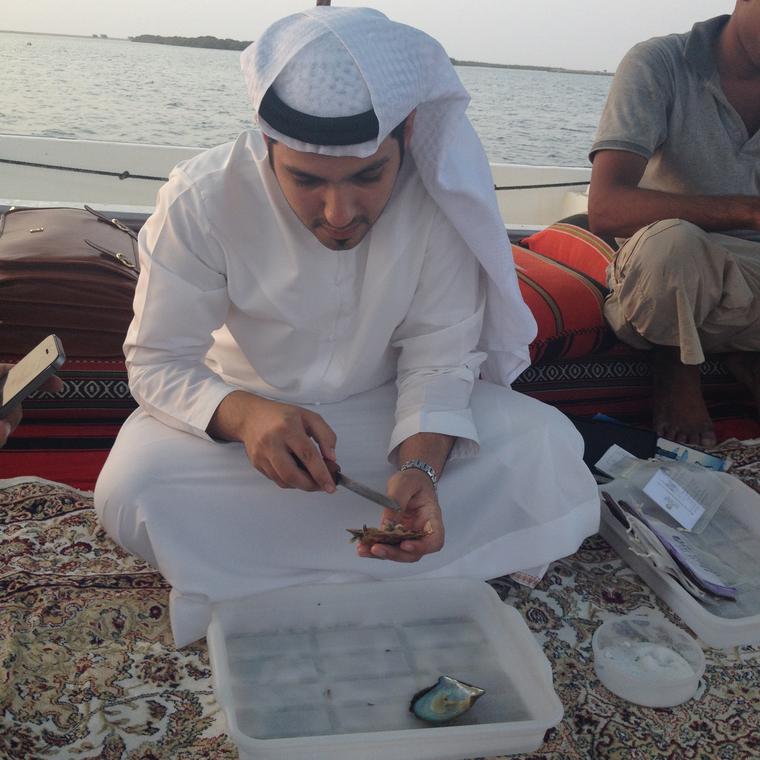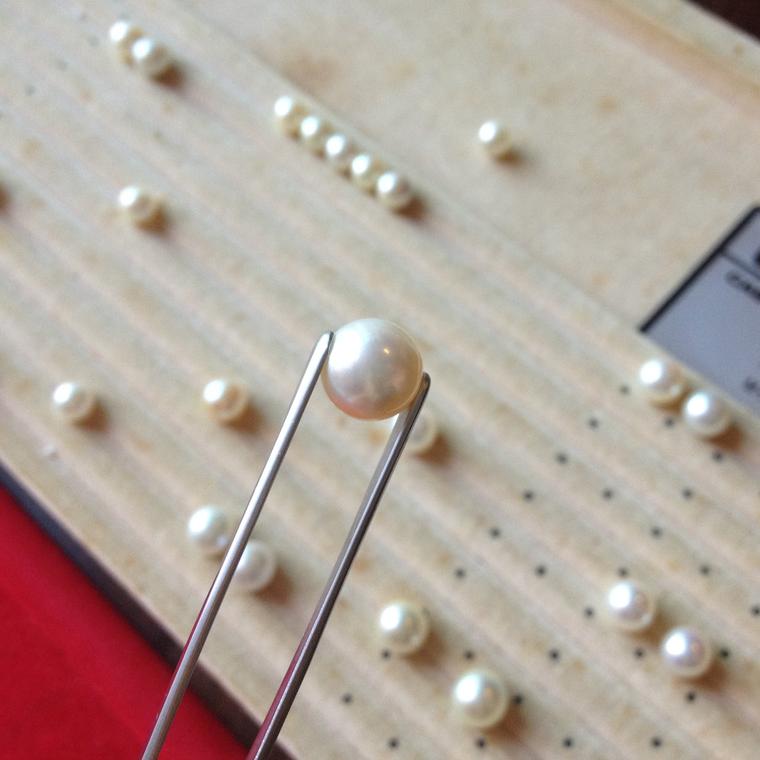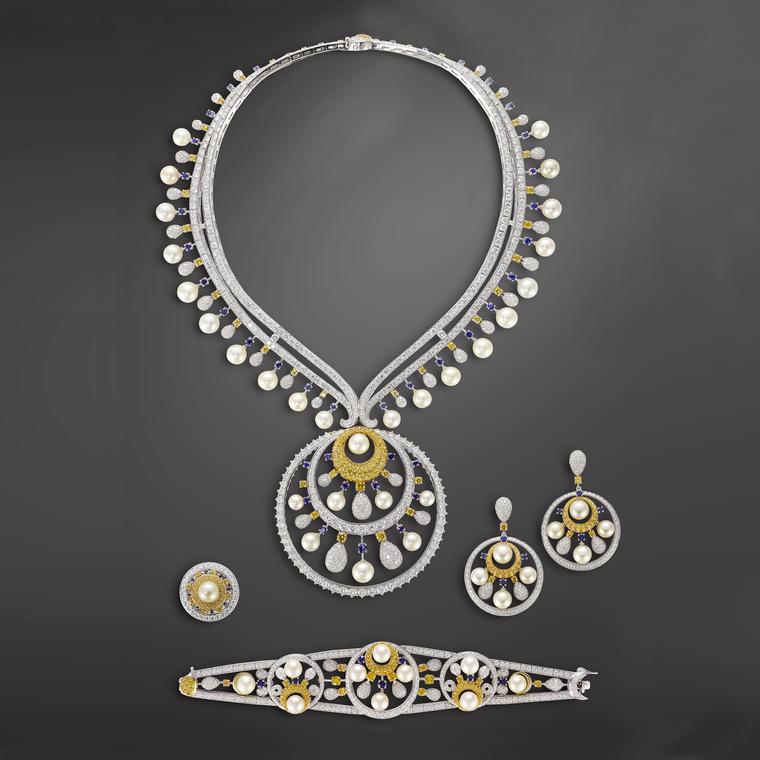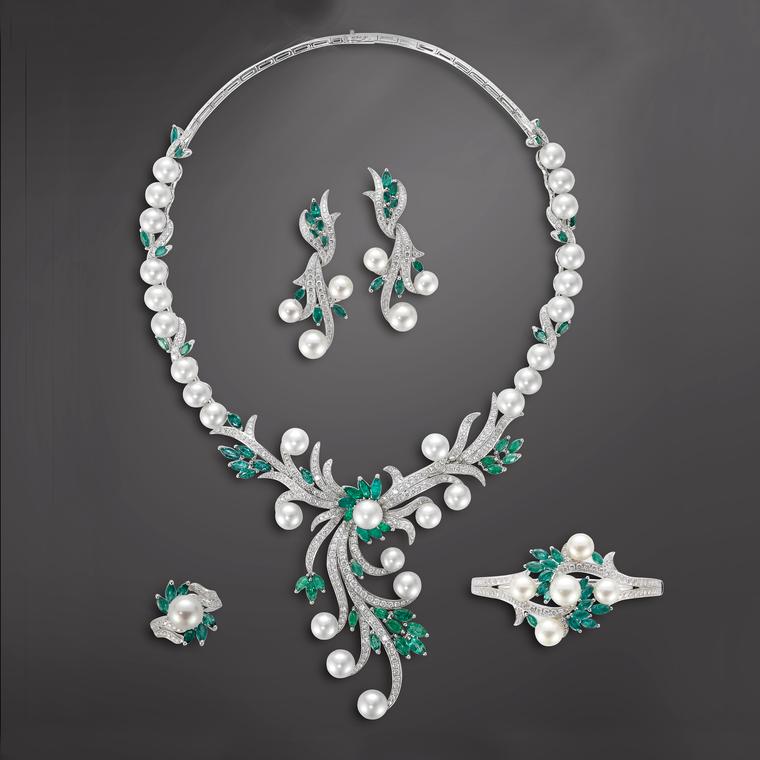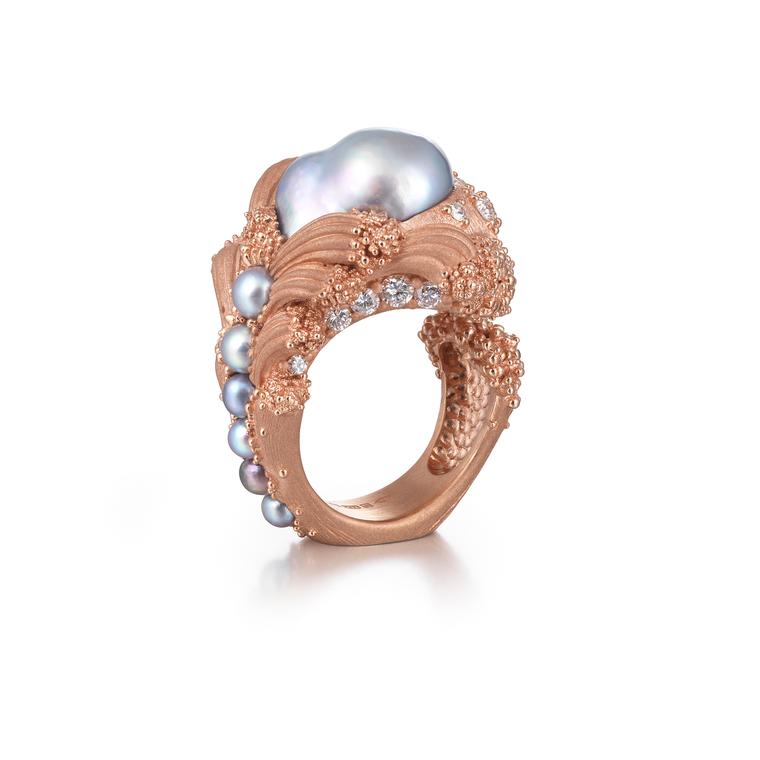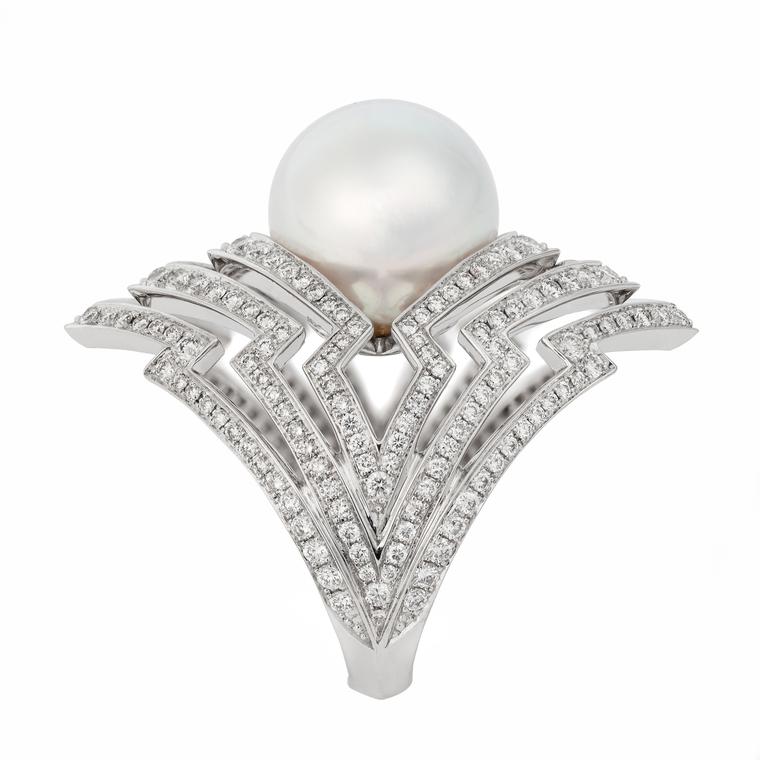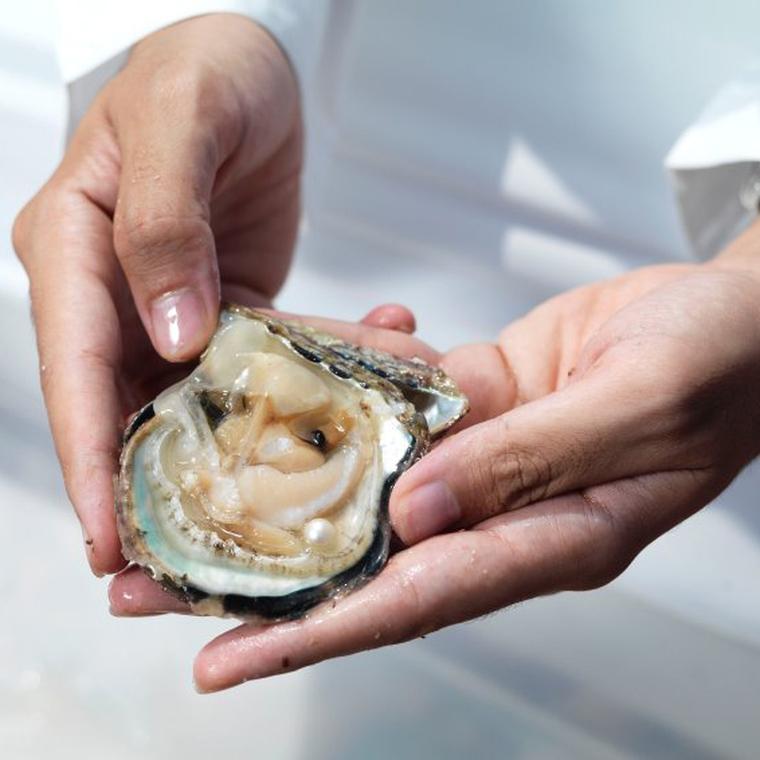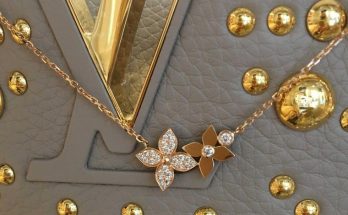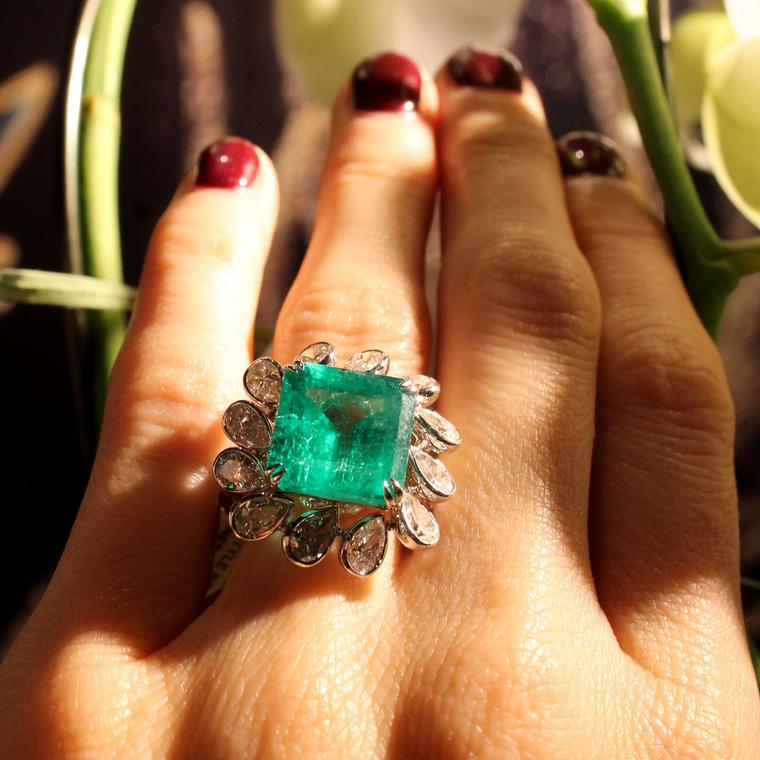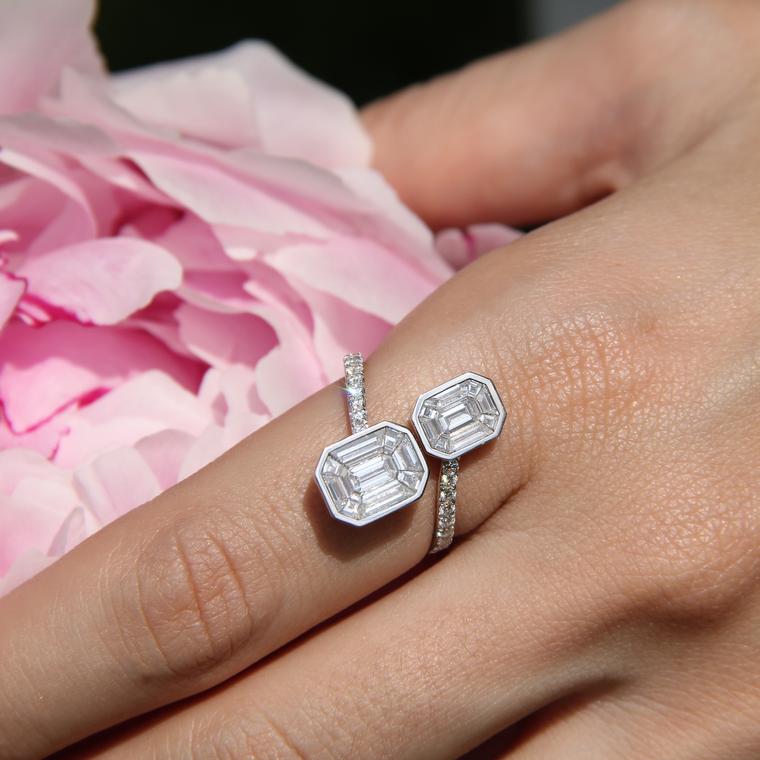By Rachael Taylor
It was the warm waters of the Arabian Gulf that the world first turned to for natural pearls, and for centuries skilled divers would dip beneath its surface to fetch oysters nurturing pearls of extraordinary lustre.
Read more about the history of pearls here
These precious gems travelled the world, adorning royalty and trading for huge sums. However, this rich tradition came to an end when cheaper cultured pearls started to flood the market, and the oil and gas business moved into the Emirates. The relatively smaller profits to be turned from hand diving for natural pearls, or indeed by starting up a competing cultured pearl business, led the region’s pearl industry to completely die out by the 1970s.
For Abdulla Al Suwaidi, an Emirati whose grandfather was a prominent Arabian pearl diver in the 1960s, this was not just a cultural tragedy but also the fading away of part of his family legacy. So when he saw an opportunity to revive the Arabian pearl industry, he seized it. Before setting up his company RAK Pearls, Al Suwaidi worked for the UAE Ministry of Foreign Affairs as a diplomat – a role that involved many trips to Japan. While there, Al Suwaidi used his diplomatic skills to form a partnership with the Japanese pearl industry, taking its culturing expertise to the warm, clean, Mangrove-peppered waters of Ras Al Khaimah, just an hour’s drive north of Dubai.
The pearl farm was set up in 2004 and is now producing 40,000 pearls a year – an impressive yield, though still boutique in comparison to the millions per annum delivered by larger companies. The average size of what Al Suwaidi hopes will be known as the Arabian pearl, defining its own category much like South Sea or Tahitian pearls, falls between 7mm and 10mm, and each pearl has a creamy white colour that acts as a base to iridescent greys, greens, pinks and purples.
Read more about Australian South Sea pearls here
After a decade of research and development, Al Suwaidi is ready to push the button on Arabian pearls and is working with a host of designers to create fine jewellery collections starring the gem. One has already come spectacularly to light: multiple-award-winning The Uprising ring created by Ornella Ianuzzi, who was recently crowned Jewellery Designer of the Year at the UK Jewellery Awards.
While The Uprising ring was released early for entry into the Goldsmiths’ Craft & Design Council Awards, at which it picked up two prizes, the rest of the creations will be unveiled at the end of the year. Designers including Stephen Webster, Sarah Ho, Tomasz Donocik, Leyla Abdollahi and Leo de Vroomen are currently polishing off designs for the big reveal, and we can’t wait to see what these contemporary jewellers can do with modern Arabian pearls.
SOURCE:http://www.thejewelleryeditor.com/jewellery/article/revival-arabian-pearls-arabian-sea/
